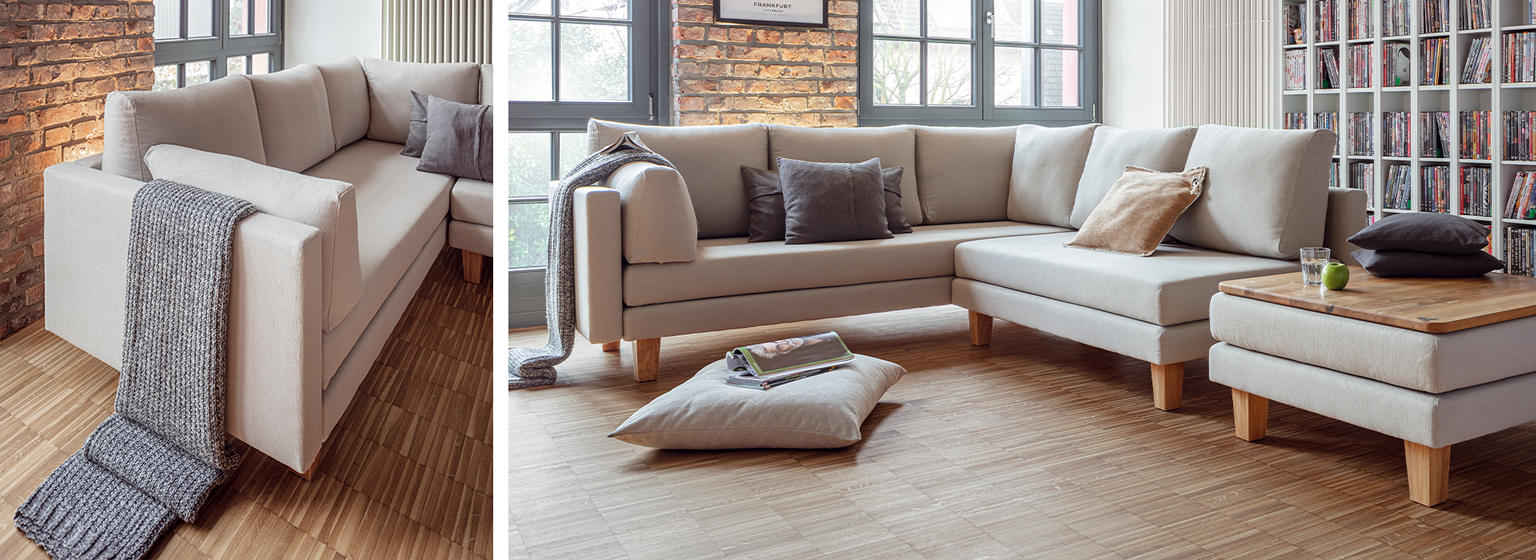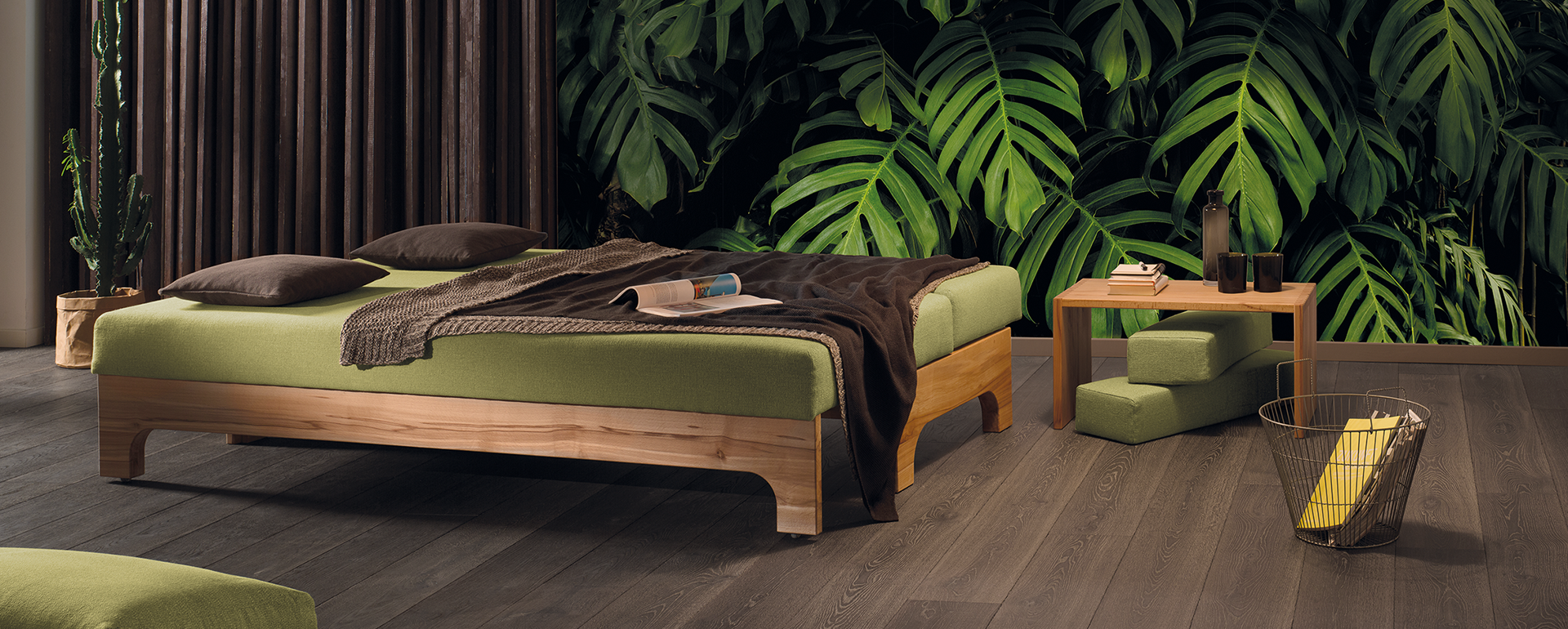Vegan pillows with Kapok fibres
The kapok tree
The kapok tree is a up to 50 metres tall tree from the family of the Bombacacae. In its youth the bark is covered in conical spikes. The old, majestic trees are supported by meter high buttress roots.
At the beginning of the dry season the tree sheds its leaves which are shaped like hands with fingers. At this point the white or pinkish blossoms appear at the end of the branches. When the pods are ripe they break open and the up to 3.5cm long hairs of the inner fruit lining become visible. These hairs are also referred to as plant down or kapok. Up to 100 brownish-black seeds are embedded in the hairs.
Harvest and yield
The kapok fruits are harvested by hand or knocked off with sticks. Between the ages of 5 and 60 years a tree provides 20kg of fibres daily.
Producer countries
The dominant producer county of kapok is Indonesia. However, there kapok is also produced by a close relative, the Indian Kapok tree or Bombax Ceiba.
Even though the Indian Kapok tree provides less valuable fibres they still constitute about half of overall world production. The home countries of the Ceiba Pentandra plus the Philippines and Africa export kapok in small amounts.
Origin and spread
The home of the Ceiba Pentandra are the evergreen and deciduous forests of Central and South America. For the ancient Indian cultures ‘the Ceiba’ was a cosmic symbol. Because the kapok tree was considered ‘the mother tree of humankind’ it survived the clearing of the rainforest on the Yucatan peninsula.
The kapok fibres, along with sisal and palm fibres, were already in use by the ancient Mayas. The kapok tree served as a provider of shade in the middle of the ‘plazas’ in the villages and towns of Central America.
Because of its economic value and its rapid growth the kapok tree can be found in all the tropical regions of the world.
Properties of the fibres
The silky, shining, soft hairs are covered in a fine layer of wax. This makes them water-repellent and means they cannot be spun. The fibres are moth and mite proof and – due to an inherent bitter tasting compound – have anti-bacterial properties. The fibres are hollow and filled with air which makes them extremely lightweight.They are very elastic and durable.
Use
The Kapok fibres are used as filling materials for mattresses, pillows, swimming belts and life belts. They are also well suited for use as insulating material. The fatty kapok seed provides oil for industrial and food uses.
Source: City of Frankfurt/Main, Palmengarten (Publisher), (1992): Fiber crops. Special Edition Brochure 18, pages 23-24, Pippert+Koch, Frankfurt








